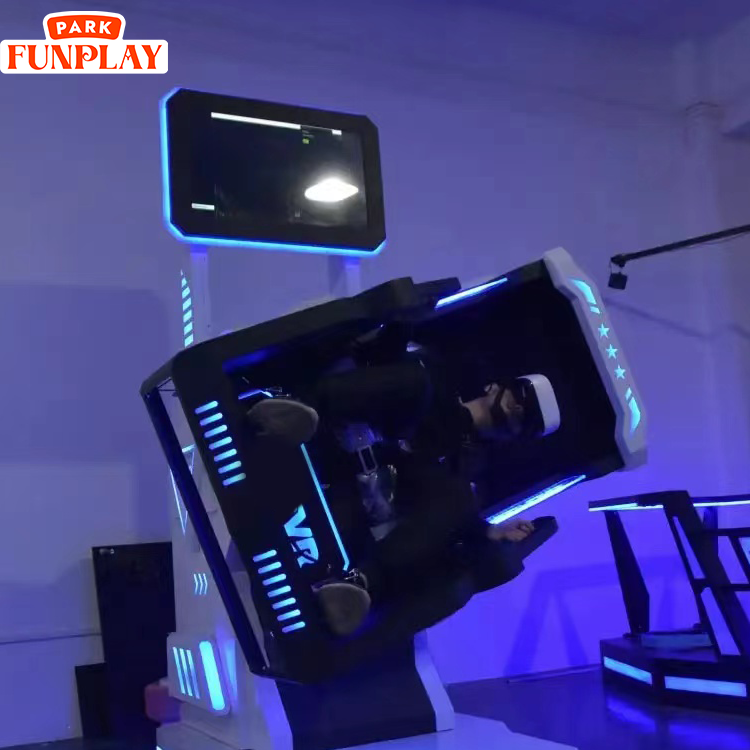The Evolution and Functions of VR Flight Simulator: Revolutionizing Aviation Training and Experience
The concept of VR flight simulation dates back decades, with early mechanical and electronic simulators providing rudimentary training experiences. VR Flight Simulators create a three-dimensional, interactive environment that simulates the sights, sounds, and sensations of actual flight with unprecedented realism.
The development of VR Flight Simulators has been fueled by rapid advancements in hardware such as high-resolution head-mounted displays, precise motion controllers, and powerful computing platforms.
At the forefront of VR Flight Simulator’s impact lies its transformative role in pilot training. VR Flight Simulators, on the other hand, provide a safe, controlled, and repeatable environment for pilots to hone their skills, from basic maneuvers to emergency procedures.
For experienced pilots, VR Flight Simulators facilitate recurrent training and certification, ensuring that their skills remain sharp and up-to-date with the latest aircraft systems and regulations.
Beyond training, VR Flight Simulators are also invaluable tools for aircraft manufacturers and designers.
For aviation enthusiasts and the general public, VR Flight Simulators offer a thrilling and accessible way to experience the thrill of flight without the need for a pilot’s license or access to an actual aircraft.
The development and functions of VR Flight Simulators represent a significant milestone in the evolution of aviation technology. As technology continues to advance, the possibilities for VR Flight Simulators seem limitless, promising even greater realism, versatility, and accessibility in the years to come.




